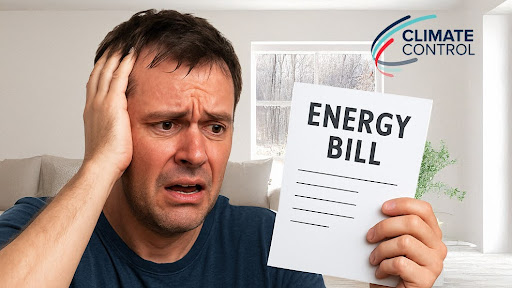Cold Climate Heat Pumps vs. Traditional Heat Pumps
When snow hits the Colorado Western Slope and the temperatures are falling, the last thing you want to experience is a heating system that isn’t working properly. With the winter months approaching fast, it’s time to think about upgrading your older heating unit with an updated, more efficient model. But with so many options, which do you choose?
Two choices available are the cold climate heat pump versus a traditional heat pump. By their names you can tell that each is based on basic heat pump technology, meaning that cold air inside is transferred outside. Since the heat pump is also able to condition air in the summer, the reverse operation occurs: hot indoor air is transferred to the outdoors.
Which Type of Heat Pump Should You Choose?
Let’s look at the distinct differences between these two popular choices.
Traditional Heat Pumps
When the outside temperature drops below 40 degrees Fahrenheit, and you heat with a traditional heat pump, its operation becomes ineffective and much less efficient. If a homeowner in a colder climate has general knowledge about traditional heat pumps, they likely know that a secondary heat source is necessary. Having a primary and secondary heat source means higher installation costs and more equipment to maintain.
Cold Climate Heat Pumps
Advances in heat pump technology now allow this low-carbon heat solution to be used in geographical areas that see winter temperatures even as low as sub-freezing. The reason cold climate heat pumps exist is due to the evolution of variable speed inverter-driven compressor technology to the point that heat pump efficiencies now exceed gas furnaces in some instances.
Cold climate heat pumps have been tested as far north as the Arctic Circle with positive results. Use in Minnesota, noted for some of the coldest winter temperatures in the lower 48 states, has tested favorably as well.
The professionals at Climate Control Company are knowledgeable about every type of home-heating source available for residents of the Glenwood Springs, Vail Valley and the Roaring Fork Valley areas. When it comes to heating your home, no one will provide more inclusive information and top-notch service after the installation.
Call Climate Control today and schedule your no-cost, in-home consultation.







